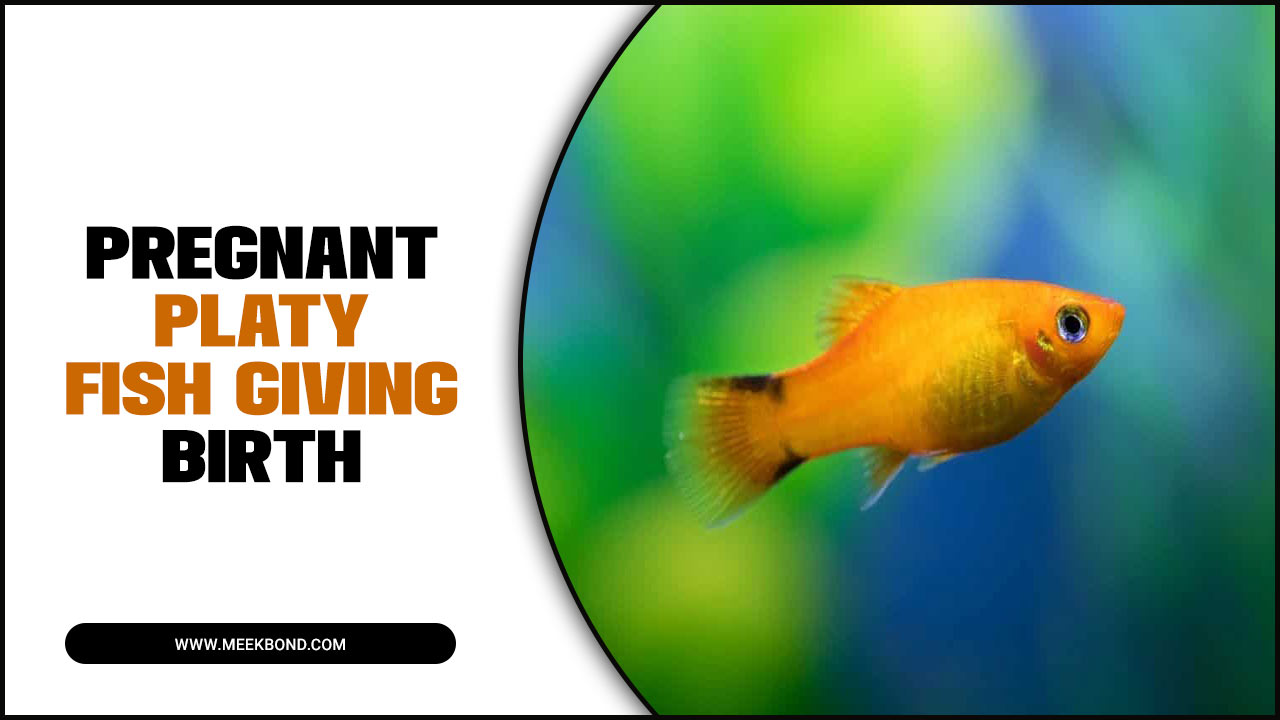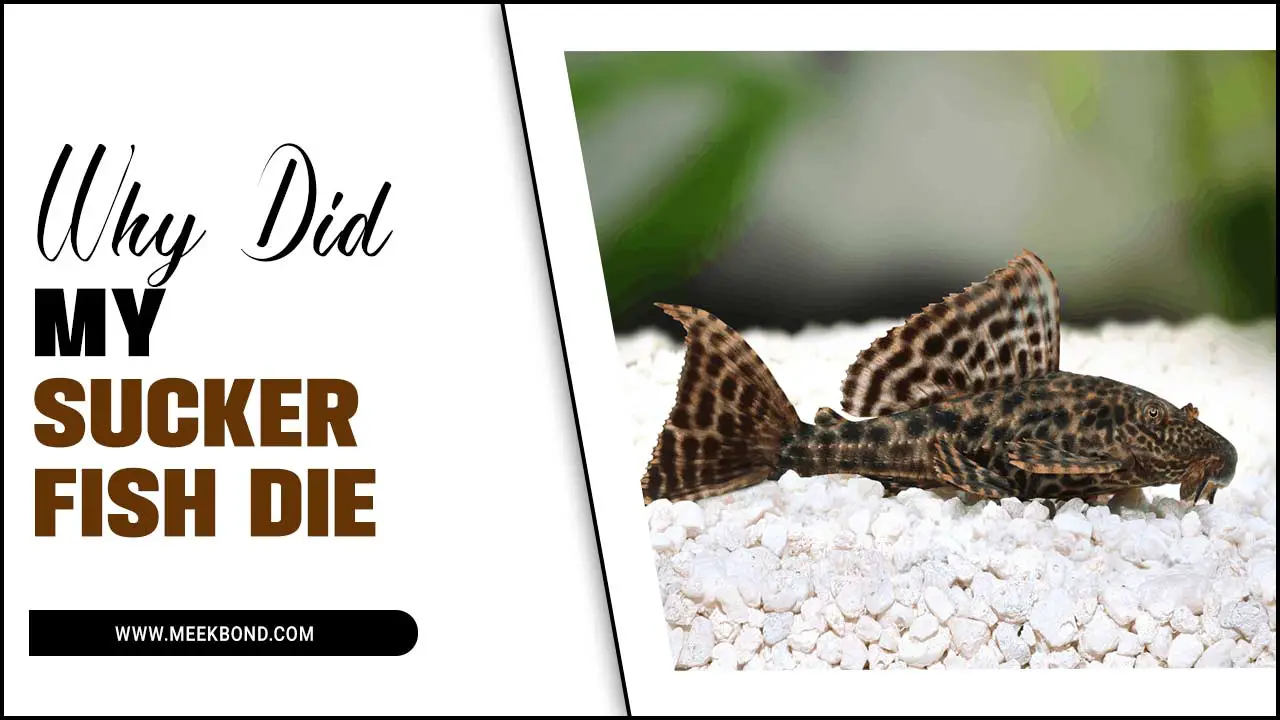The Angled Sunbeam Caterpillar is a unique species found in North America that has distinctive yellow-green color and angled stripes. This caterpillar feeds on tree leaves, particularly oak, hickory, and walnut leaves, before undergoing metamorphosis into the curved-lined angle moth.
The transformation process from the caterpillar to the moth is fascinating to observe and highlights the beauty of nature’s life cycle. While not harmful to humans, this species plays an important role in maintaining the ecological balance of its habitat.
Here we will give you tips to identify Angled Sunbeam-Caterpillars and how to identify them. We will also share resources to help you identify these caterpillars and tips on preventing infestations. Read on to learn more about Angled Sunbeam-Caterpillars.
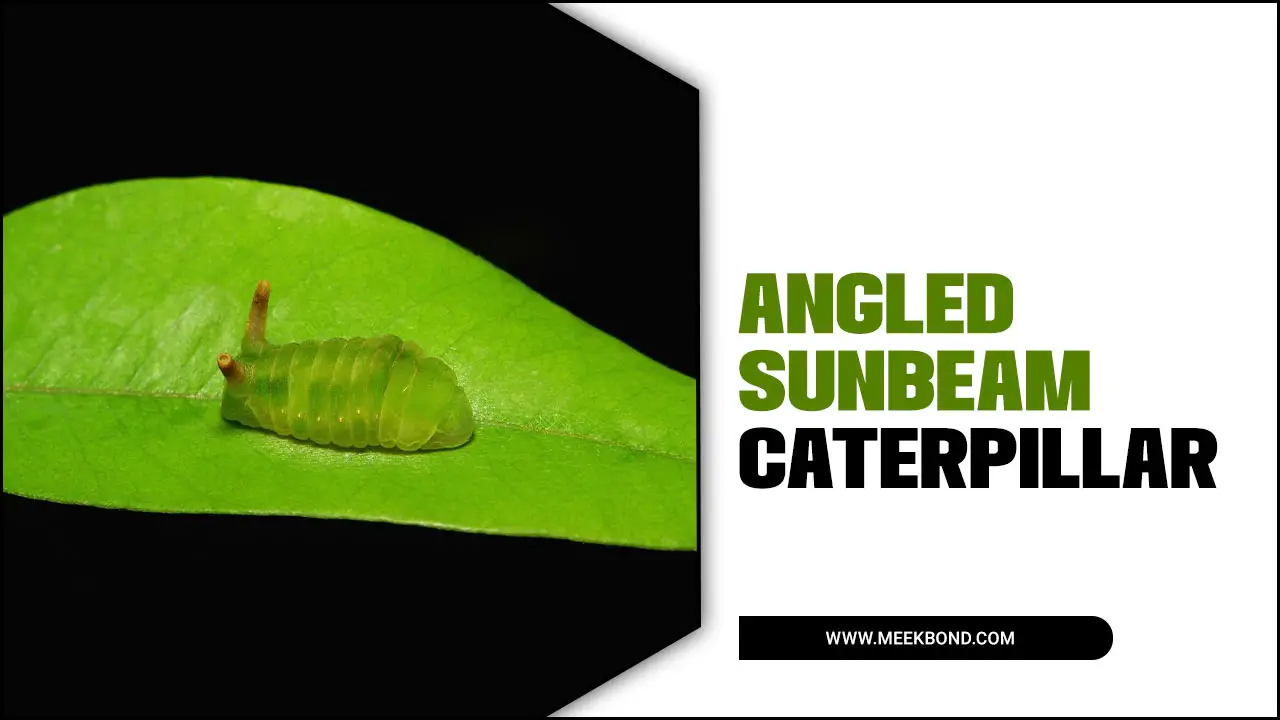
Identification Tips For Angled Sunbeam Caterpillars
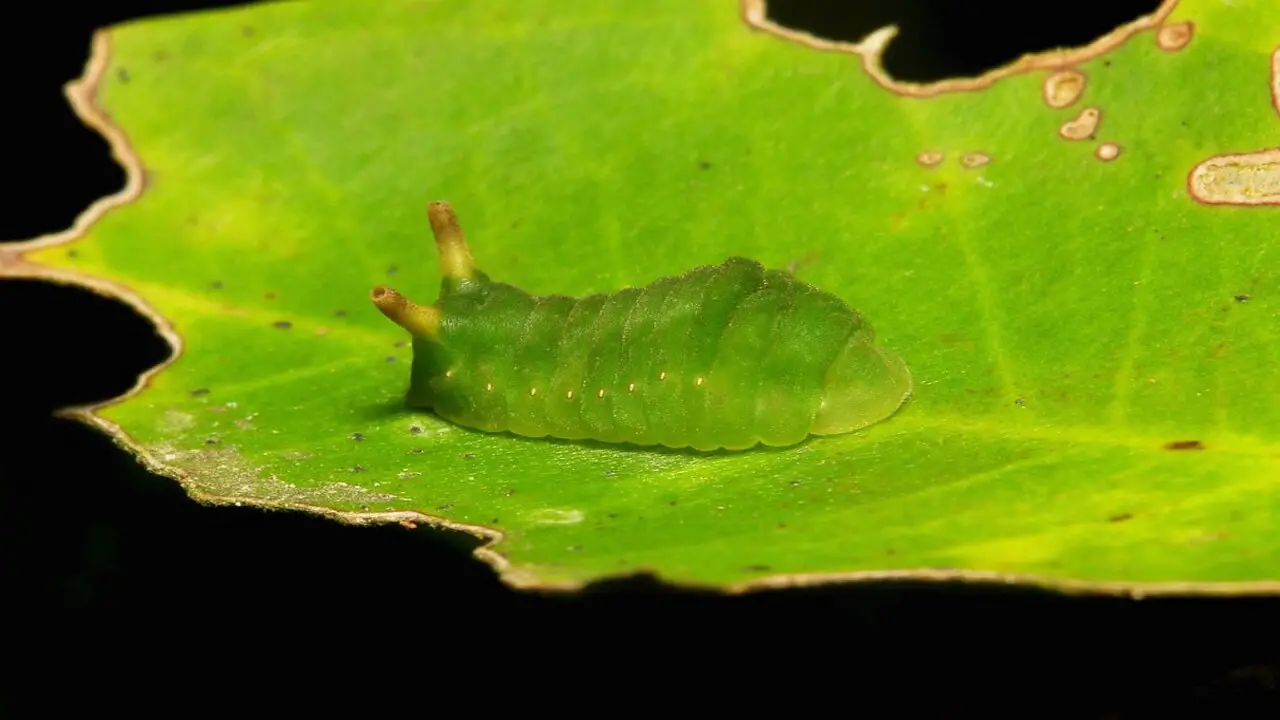
Identifying Angled Sunbeam Caterpillars can do by looking out for their unique coloring and patterns, slim elongated bodies with small spines, and hairs or bristles. Observing their behavior and habitat can also help you confirm their identity.
You could also use field guides or online resources to aid in identification. Angled Sunbeam-Caterpillars are found in woodlands and meadows, where they feed on various plants. They are known for their striking appearance and fascinating life cycle, making them a favorite among nature enthusiasts.
Physical Characteristics
Angled Sunbeam-Caterpillars have distinct physical features that make them easy to identify. These include green and yellow stripes, black spots, and a unique angled posture. They are commonly found on plants like hibiscus and citrus trees, despite being small, 1-2 inches long.
Interestingly, these caterpillars have evolved to resemble the foliage of their host plants as a defense mechanism against predators. Their colouration helps them blend in with the leaves, while their angled posture makes them appear like a twig or branch. This makes them less visible to predators such as birds and insects.
Habitat And Range
The Angled Sunbeam-Caterpillar is a fascinating creature with a unique habitat and range. You can find these caterpillars in the eastern United States, particularly in Florida and Georgia. They typically find wooded areas and forests where they feed on the leaves of various tree species.
The Angled Sunbeam-Caterpillar is popular for its distinctive appearance, featuring bright yellow or green stripes along its body. It is always exciting to spot one of these caterpillars in their natural habitat, as they are beautiful and play an important role in the ecosystem as food for other animals.
Life Cycle And Behavior Of The Caterpillar

The Angled Sunbeam-Caterpillar is a fascinating creature with a unique life cycle and behavior. This caterpillar goes through several stages of development, starting as an egg before hatching into a larva. The larva then feeds on the leaves of its host plant, growing and moulting several times until it reaches its full size.
One interesting behavior of the Angled Sunbeam-Caterpillar is its ability to change color to blend in with its surroundings, making it difficult for predators to spot. This adaptation helps ensure its survival in the wild. As it nears the end of its larval stage, the caterpillar will find a suitable location to pupate and undergo metamorphosis.
Distinguishing Features Of Angled Sunbeam-Caterpillars
This description pertains to the appearance and habitat of the parsley worm, also known as the black swallowtail caterpillar. These caterpillars have a striking appearance with distinct bright green and yellow bands, black spines, and a black head with yellow stripes.
Parsley plants commonly host them, and they can grow up to 2 inches long. While some gardeners may consider them pests, butterflies play an important role in pollination and ultimately transform into beautiful creatures.
Variations In Color And Size Of Angled Sunbeam-Caterpillars
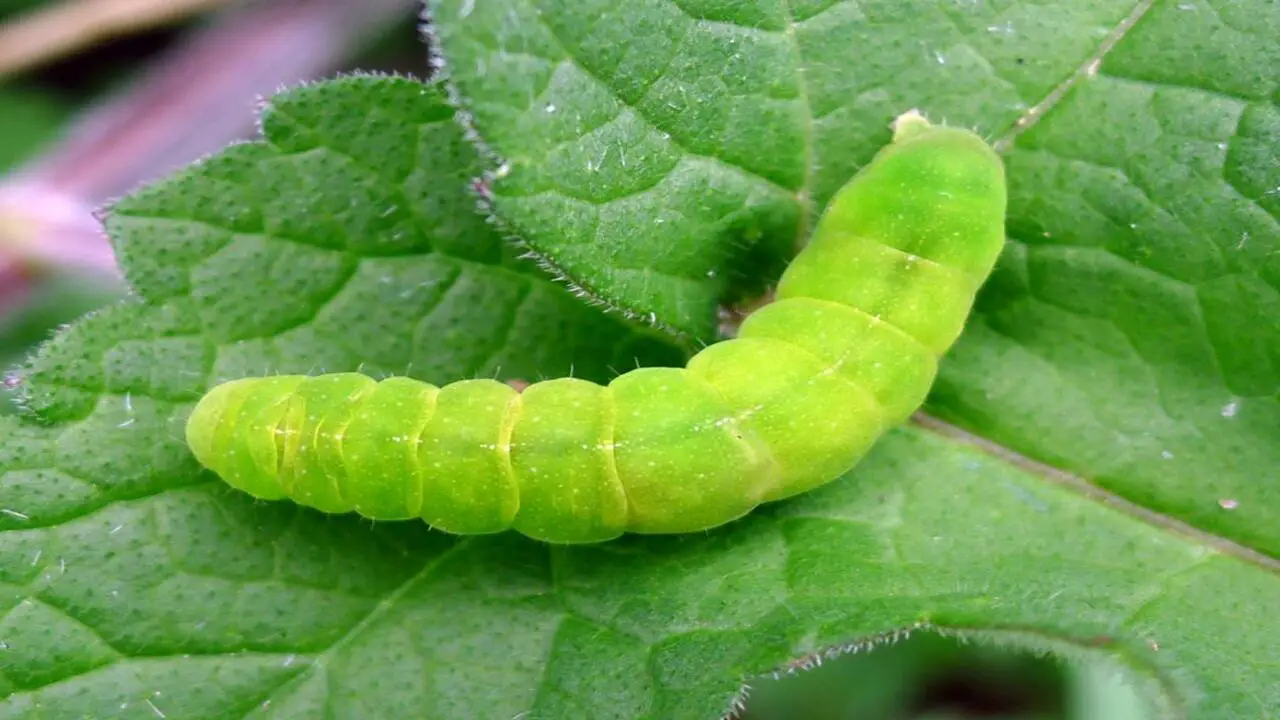
Angled Sunbeam-Caterpillars are popular for their striking pattern of yellow and green stripes on their bodies. The colouration of these caterpillars can vary depending on their environment, with some displaying shades of brown or yellow in addition to green.
These caterpillars are usually around 1-2 inches long, although there may be variations in length across different species. Due to their resemblance to other caterpillar species, it is essential to examine their physical characteristics for accurate identification carefully. Additionally, while the Angled Sunbeam-Caterpillar is not poisonous to humans, some individuals may have an allergic reaction upon contact with its hairs, which can cause skin irritation and itching.
Angled Sunbeam-Caterpillar Behavior
The Angled Sunbeam-Caterpillars are popular for their distinct and fascinating behavior of coiling up when disturbed. These caterpillars are active during the day and feed on plant leaves. They have a unique appearance, with a green body complemented by black and white stripes, growing up to 2 inches long.
After their transformation, these caterpillars become stunning moths featuring reddish-brown wings. It is intriguing to observe these creatures’ transformation from their initial stage as caterpillars to becoming beautiful moths.
Angled Sunbeam-Caterpillar Markings
The Angled Sunbeam-Caterpillar is a species of caterpillar that can be recognized by its unique appearance. It has distinctive yellow stripes that are broken up by black lines, giving it an angled or zigzagged appearance.
The caterpillar often appears on plants and trees and eventually undergoes a transformation into a beautiful moth. While it may not be as well-known as other caterpillar species, the Angled Sunbeam-Caterpillar is fascinating in its own right and adds to the diversity of the natural world.
Angled Sunbeam-Caterpillar Mimicry
Angled Sunbeam-Caterpillars are popular for their mimicry behavior, where they imitate the appearance and actions of other species to avoid being preyed upon. When identifying these caterpillars, observing their distinct markings, color patterns, and body shape is important.
Consulting with a field guide or entomologist can assist in correctly identifying them. It is also worth noting that the mimicry behavior of these caterpillars can vary depending on their location and the specific predators they are trying to avoid.
How To Recognize Angled Sunbeam-Caterpillars In The Wild
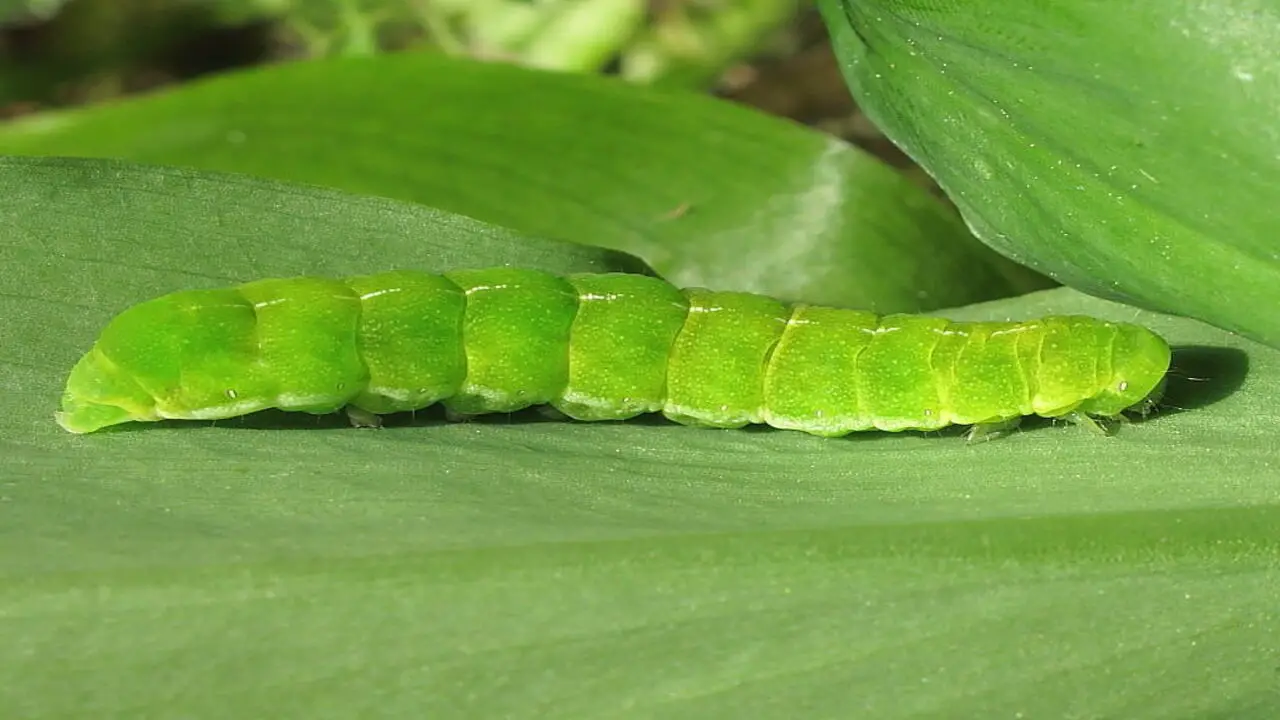
Angled Sunbeam-Caterpillars are easily recognizable in their natural habitat due to their unique green and white striped pattern. These caterpillars with small black spines along their back can be found on various plants. As they mature into adult moths, they develop yellow markings on their wings, which makes them more visible to predators and prey alike.
These moths are native to North America and play an important role in pollination and maintaining ecological balance. Their distinctive appearance also makes them a popular subject for nature photographers and enthusiasts.
Common Misidentifications Of Angled Sunbeam-Caterpillars
Angled Sunbeam-Caterpillars are often mistaken for Saddleback caterpillars because of their similar coloration. However, a distinguishing feature is the white lines that run along the Angled Sunbeam’s body. Another caterpillar commonly confused with the Angled Sunbeam is the False Sunbeam Moth, which has longer hairs and a brighter yellow hue.
Furthermore, Angled Sunbeam-Caterpillars have a green tinge on their head and lower part of their body, making them easily identifiable if observed closely. Consulting identification guides or seeking expert advice can be helpful in avoiding misidentification. Accurately identifying caterpillar species is crucial in preventing harm, as some species may be venomous or harmful to humans and animals.
Angled Sunbeam-Caterpillar Identification Resources
You can identify the Angled Sunbeam-Caterpillar by its unique yellow and black stripes and angled projections on the sides of its body. People commonly find these caterpillars on hardwoods such as oak trees. However, it is important to exercise caution when handling them due to their venomous spines that can cause skin irritation and allergic reactions. Observing them safely and avoiding direct contact with these fascinating creatures is best.
Tips To Avoid Angled Sunbeam-Caterpillar Infestations
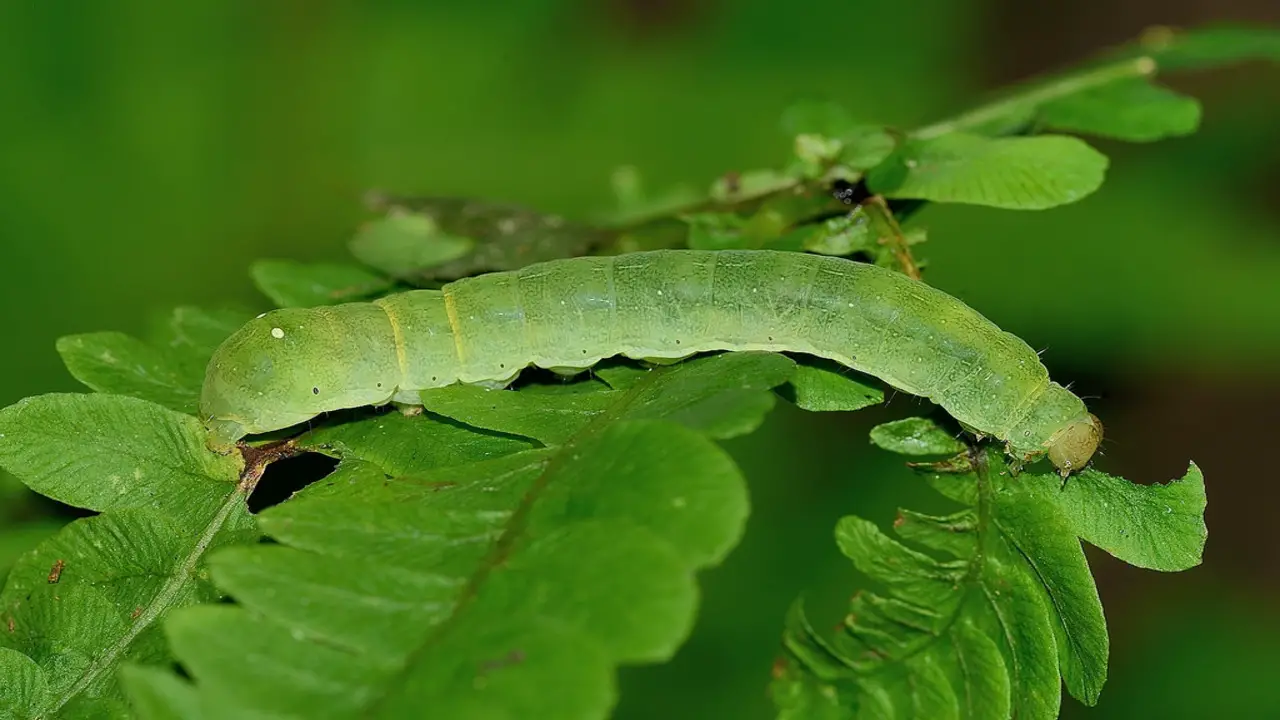
Preventing infestations in your garden is possible by identifying and removing potential host plants and maintaining proper garden care. Some plants are more susceptible to pests and diseases, so it’s important to know which ones to avoid or keep at a distance from other plants. Regular pruning, weeding, and cleaning up fallen leaves and debris can also help prevent the buildup of harmful pests and pathogens.
Natural pest control methods like companion planting, beneficial insects, and organic pesticides can further protect your garden from infestations. By taking these measures, you can ensure a healthy and thriving garden with minimal risk of pests and diseases.
Conclusion
The angled sunbeam caterpillar is a fascinating species with unique characteristics and behaviors. You can easily identify them in the wild by understanding their physical features, markings, and mimicry. However, it’s important to note that there are common misidentifications, so it’s crucial to refer to reliable identification resources.
If you come across these caterpillars, take precautions to avoid infestations. Appreciating the diversity of nature and educating ourselves about different species enhances our understanding and helps preserve the delicate balance of ecosystems. So, next time you’re exploring nature, watch for the enchanting Angled Sunbeam-Caterpillar.
Frequently Asked Questions
Is Angled Sunbeam-Caterpillar Venomous?
Angled Sunbeam-Caterpillars are not venomous. These unique caterpillars have bright colors and angled spines. Eastern North America harbors these insects that feed on oak and hickory trees.
Are Angled Sunbeam-Caterpillars Dangerous?
Angled Sunbeam-Caterpillars are not a danger to humans. Although they have stinging hairs that can cause skin irritation, it is typically mild and temporary. It’s best to avoid touching or handling them to prevent irritation.
What Is The Difference Between A Sunbeam Caterpillar And An Angled Sunbeam-Caterpillar?
While both sunbeam caterpillars and Angled Sunbeam-Caterpillars share similar traits like hairy bodies and a spiky appearance, the main distinction lies in their patterns. Angled Sunbeam-Caterpillars have a unique black and white angled pattern.
Which One Is Better: Straight Or Angled?
Regarding Angled Sunbeam-Caterpillars, there is no definitive answer as to which is better: straight or angled. It ultimately boils down to personal preference. Some people may prefer the unique appearance of the angled caterpillar with its distinct angled body segments.
Why Does It Look Like A Rainbow When You Turn It Upside Down?
When turned upside down, the Angled Sunbeam-Caterpillar forms an arch with its prolegs, refracting light and creating a stunning rainbow effect. This serves as a defense mechanism to startle predators, potentially making them think the caterpillar is toxic or dangerous.

Aquarium passion is all about connecting with the aquatic life and providing education to the public on the importance of these creatures. We showcase a wide variety of marine life through our exhibits as well as working with schools to provide unique learning opportunities for students of all ages.


